Intervention Conclusions (3, 4, 5, 6)
- Tia Goonaratna

- Aug 29, 2022
- 8 min read
Updated: Aug 31, 2022
Paired up players:
Player1 (19) - Player2 (33) (Strangers)
Player3 (21) - Player4 (22) (Sisters)
Player5 (20) - Player6 (36) - Player7 (19) (P6 is a stranger, other two are friends)
Player8 (21) - Player9 (52) (Son and Mother)
Player10 (19) - Player11 (23) (Met once before.)
Player12 (18) - Player13 (24) (Student and University admin)
My influence as a researcher: Most of the players are known to me at different levels. This familiarity made the players more comfortable with being paired up with strangers as the trust they had in me translated into trusting my interventions would not cause them any harm.
At the end of the day, I asked each player to sum up their day and how they see the other player they were paired with. Even though each activity was designed to achieve different results, it was vital to see the combined effects of the day. Novelty: This has been a new experience for many of them. While they knew what it would be revolving around, they didn't think the activities would take form like this. Some thought they would just be questioned with me sitting in front. The freedom to talk to someone without the presence of a 'watcher' had made them relax more.
'It wasn't boring. Questions were different and mixed fandoms so that was nice' - P10
P7 had actually observed P6's behaviour prior to being put in groups and noted that P6 seemed responsible, trustworthy, and 'on her feet'. At the end of the day, P7 confirmed that P6 is in fact all those qualities.
P7 also noted that the nature of the questions allowed them to connect in a deeper level by doing something new and different.
P12 mentioned that there were some barriers broken in communication. That things such as gender, generations, race, identity etc. stands in the way of communicating, and P13 was seeing as an authority figure, but that barrier was broken in 'good intrusive way'.
'If those questions weren't asked, those conversations wouldn't have happened. ' - P12
The idea that, as Sri Lankans, we don't tend to talk about these with strangers or simply ask questions from even our friends and family is a novelty itself. Future interventions could work on this by bringing in different ways to society.
First Impressions: The strangers mostly said 'the other person looks like a nice person' and after the day is over, they confirmed the other person is actually nice. Within the families they were sure they knew each other well. P1 thought P2 was a bit silly and might be even stupid. However, during the activities, especially Intervention 3, P1 realised how knowledgeable and smart P2 is. The first impressions were in a more positive side as none of the players had animosity against each other. I am aware that it could be complete different with two people who don't get along with each other.
Communication: Some players with a large gap between them in age noticed there's a difference in how they communicate. P1 thinks he's socially awkward and is scared to talk to people. He said P2 is the complete opposite. As P2 was very welcoming, P1 said he managed to calm down. At the end P1 said that he was less socially awkward than he came in. P2 highlighted how different their communication methods were, but that it was a pleasant experience to talk to someone who he hardly knew. P10 mentioned the way P11 spoke to her and had given some advice. She emphasised on the fact that P11 was not offensive or forceful in her communication so it was actually easier to pay attention to what P12 was saying.
'I saw how on things I have a solid opinion on and how others have different opinions on, and I see that I could also agree with it. She had a way of saying things that didn't come off as offensive. ' - P10
P7 claimed she's the type of person who talks a lot, and talk over others. However, after overserving how P6 waits her turn to speak, P7 thought it was 'cool' and should try the approach herself. She asked me to go back and check the recordings to see the obvious change in the way she communicated.
P13 mentioned how she got certain questions wrong, and how people her age would laugh at her for this. She was embarrassed that, as an adult, she didn't know the answers to a lot of them. However, P12 was 'comforting and validating'. P13 said that 'I think it's okay not to know everything in life now'.
There were different methods of communication realised within the activities. This can be interpreted as that 'ways of communication' cannot be forced, but let each other find their own flow with basic respect. As they were all in a positive setting, it would be different on how their defenses rise in conflicting communication. This would contribute to how the Late Adolescents need to be equipped to handle negative communication as well.
Socialising: The two groups which consisted of family members emphasised on the fact that even though they are already close, and do communicate on a regular basis, it has been a long time since they spent time together. P3 and P4 mentioned how the Sri Lankan Economic Crisis has put a dent in how much they physically spend time together, and therefore this day has been good for both of them to reconnect.
P7 mentioned how she doesn't socialise much and don't get the chance to meet new people. Therefore, meeting P6 was actually interesting. While they didn't have a lot in common, P6 still said it was nice to have new information.
Overall, there was more laughter within the strangers and more seriousness within the families. This is an interesting observation as it is uncertain whether it was nerves or that families were already close and took this activity in a serious manner. In future interventions, simply creating a day for the family to spend together with a mix of personal and general activities would allow them to reconnect and have a refresher.
Deep emotional connection: The family members already knew each other at a deep emotional level. However, there were new discoveries even though it seems small. Within the strangers, they have managed to relate on certain stories and empathise with each other.
P5 said that she connected to P6 in an emotional level even though there was a big gap in age and experience. Interestingly, a fact that never came to light is that they are both from the same major city away from Colombo and would have had similar upbringing. There is an interesting correlation here of the impact of a geographical location of 'raising a child'.
'I've never met someone I could relate to, someone totally random, and relate. Emotionally connected with a stranger. Especially with someone much older and life experience.' - P5
P10 and P11 also connected on the physical appearance with both of them complimenting each other's attire and make up. This is useful information in deciding how an emotional connection is made via physical appearance.
Almost all the strangers noted how they had similarities and differences. However, there was an obvious tone of excitement when they spoke of the similarities.
Conflict resolution: P12 and P13 have had an altercation before at their university as P12 has had a previous disciplinary issue. P12 has avoided P13 since the incident. P13 was under the impression that P12 was being cocky. However, after Intervention 1: Questions (2), P13 said that she understood there is more to the story than meets the eye. That P12 was actually more embarrassed than being cocky. She said she's going to take this lesson with her to how she sees other students, that it was very eye-opening to know people have different stories.
P3 said that she has had a fight with her sister, P4 a few months ago and she completely dismissed it. However, with Intervention 1's question 'When was the last time you cried?', she found out that P4 was actually affected by it, and is an extremely sensitive person. They have talked about the situation and understood each other's point of view.
P5 and P7 were friends were a few years and have grown apart recently. Prompted by if there are relationships they'd like to repair and their favourite memory of each other in Intervention 1, they have managed to speak openly about why and how they could repair their relationship. P7 was in tears during this question.
'Mom and I are very close but we didn't get to hang out together. In the crisis solving one, there was a lot to learn from her. Family crisis' we don't talk about them. So it's nice to get her input.' - P21
This was not an expected outcome of the interventions, but it appeared in three groups providing a new point of view and new ways of resolving conflicts. However, again, the positive setting plays a major role here in influencing their mood.
Unity: When P5, P6, and P7 were discussing sexual harassment in Intervention 4 and their experiences, they felt as if they connected through the generations that this is a common problem to all. Interestingly, even P13, who is from another group has joined in to share her experience. This, combined with the fact that most of the players came together to resolve global crisis' highlights that there are certain 'crisis'' that can bring people together rather than focus too much on their differences like in the personal crisis'.
Humanising: P12 said that, at first, he saw P13 as one dimensional. However, after the day's interventions, especially Intervention 1, he has managed to strip the label off and see the other person with an actual human with actual feelings.
'I never saw her as a person but as a student head. Today I saw she's a person with a history.' - P12
P6 also regarded P5 and P7 as 'just a bunch of kids who are very sweet. They shared their insecurities and vulnerabilities - life is just waiting to happen to them'.
This sentence further highlights that the late adolescent are just waiting to face society for the first time, justifying that they need equipping at this stage.
Summary:
Overall, Intervention 1 worked the best in connecting two players in a deep emotional level. Even if they only participated in that one event, the emotional connection has been made. The questions were just right, and a second version could be played with the same people to make a deeper bond. P7 who did the version 1 of this intervention had a very strong emotional breakdown with her mother. Since that didn't give any time to prepare (with less intense questions) emotionally, adding more simple questions at the beginning is almost an 'ice-breaker'.
Intervention 2 showcased exchange of knowledge but with unexpected results of what the different age groups would actually know. It also provided an understanding for the younger players to know that the older players don't know everything, and for the older players to know that even the younger players have valuable knowledge.
In Intervention 3 showcased that they were more open to discussing global problems than those that are close to home. However, improved methods (in the problem itself and in the way it is played) could create a more interactive way of solving home-based problems together.
Intervention 4 was simply a chance for them to have some fun and share some interesting knowledge. However, this was not mentioned in the final testament from the players. Any inclusion of this intervention can be a part of a bigger intervention rather than one done alone.
I would be checking back with the players in two weeks to see if they retained any of the connections they made on the day of the interventions. Whether the families are making time for each other, talking more, and if the strangers added each other on social media or exchanged numbers.
There is a pending interview with a Sri Lankan psychologist who's an expert in adolescents and parents which will provide more information.
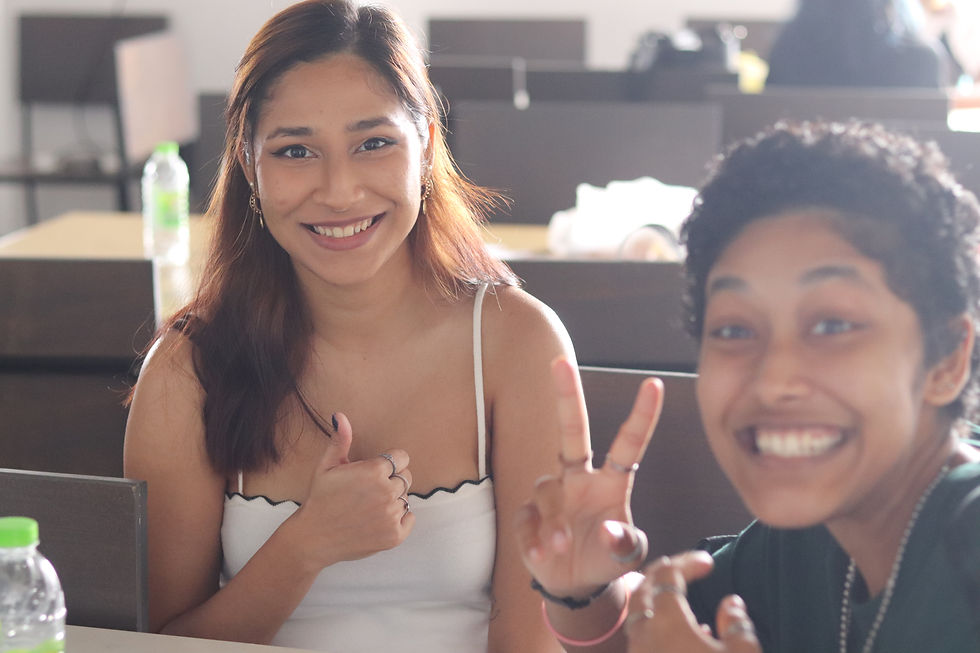


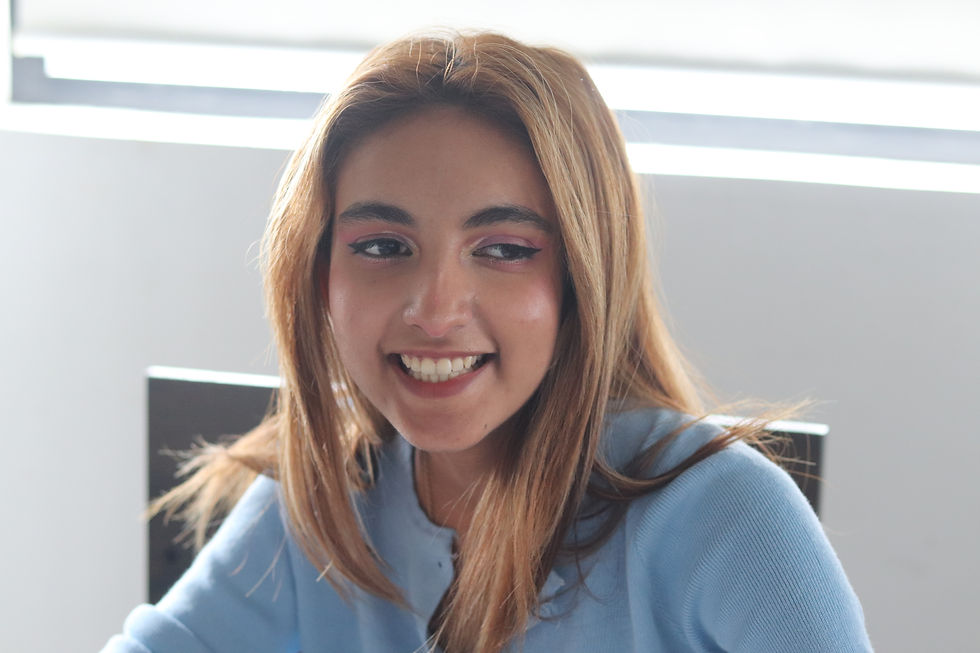


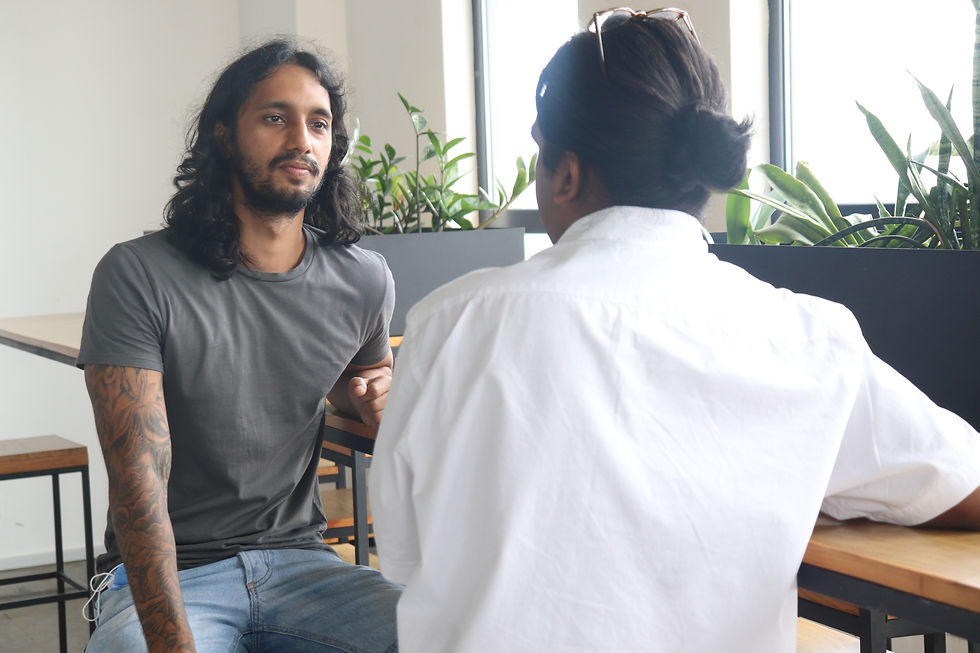

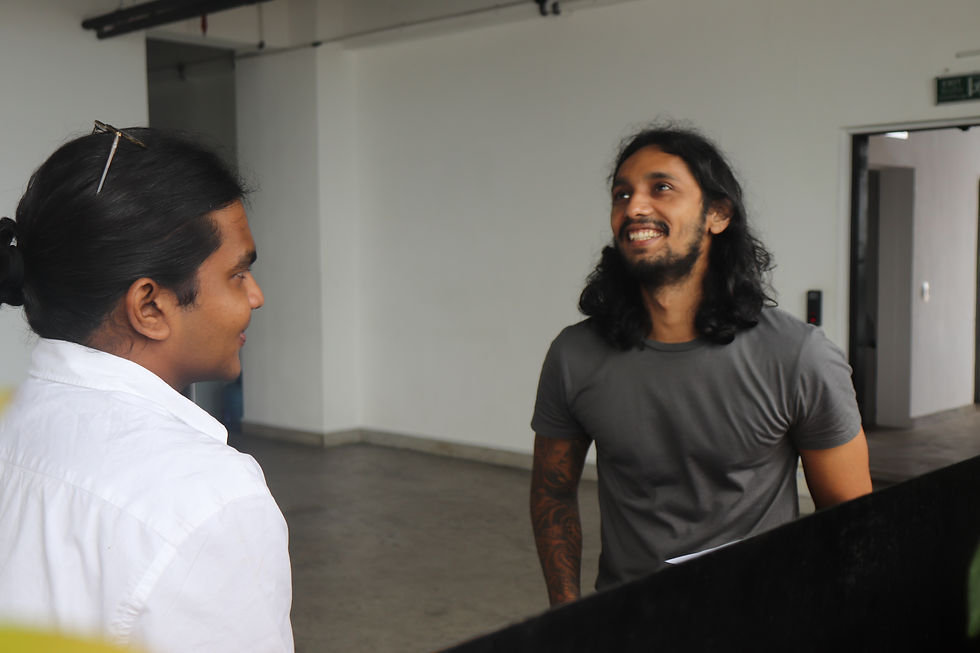




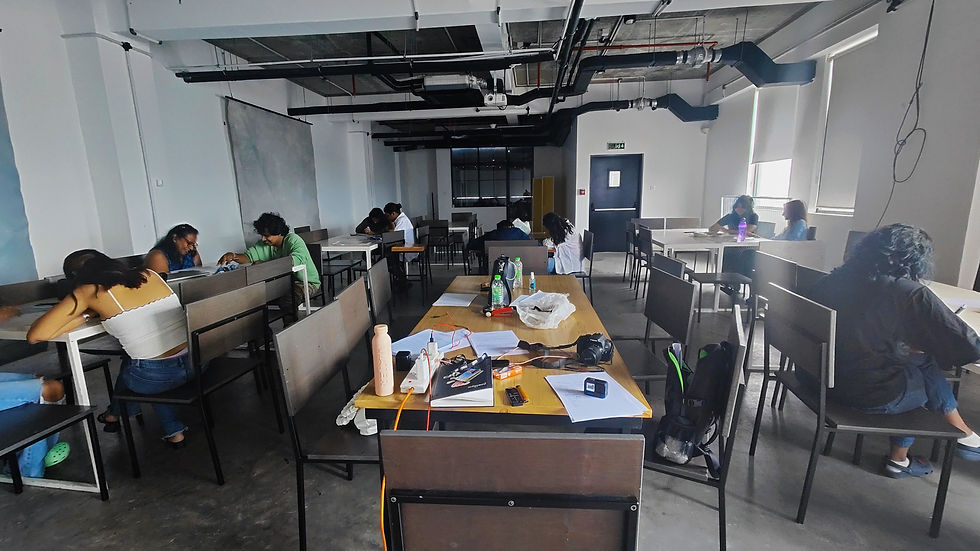





Comments